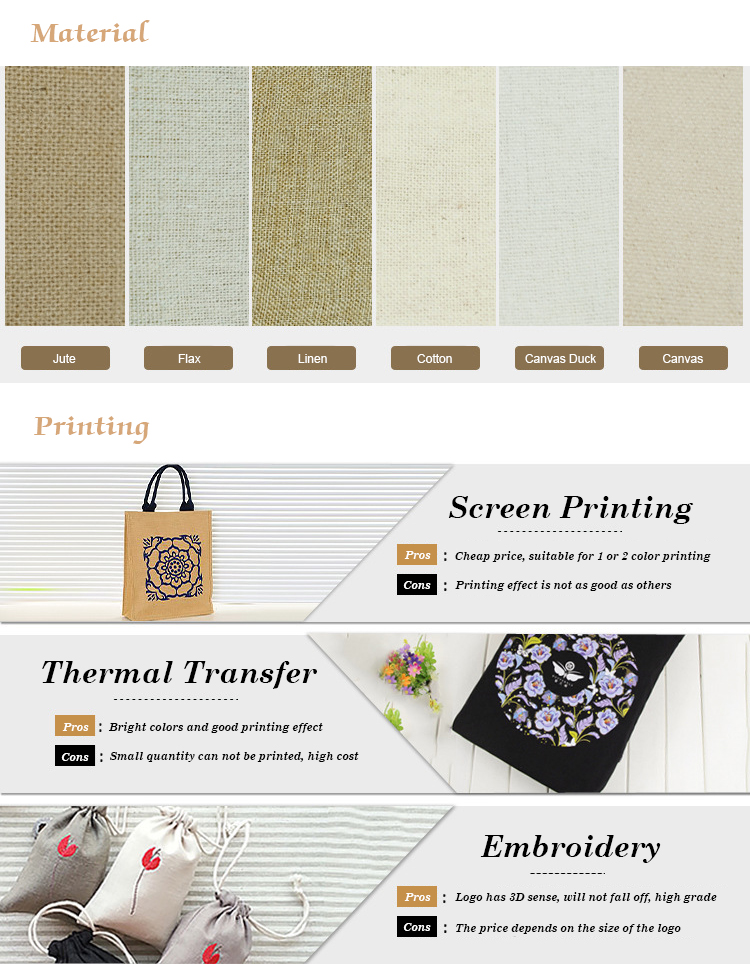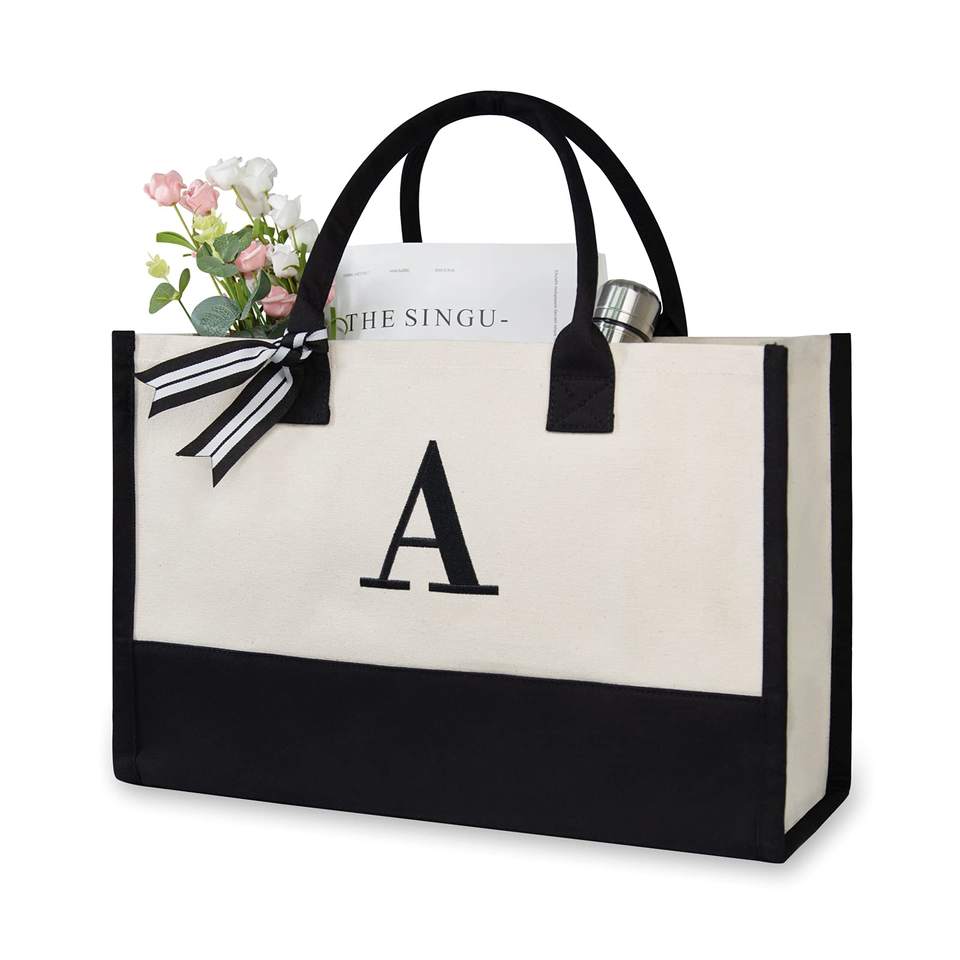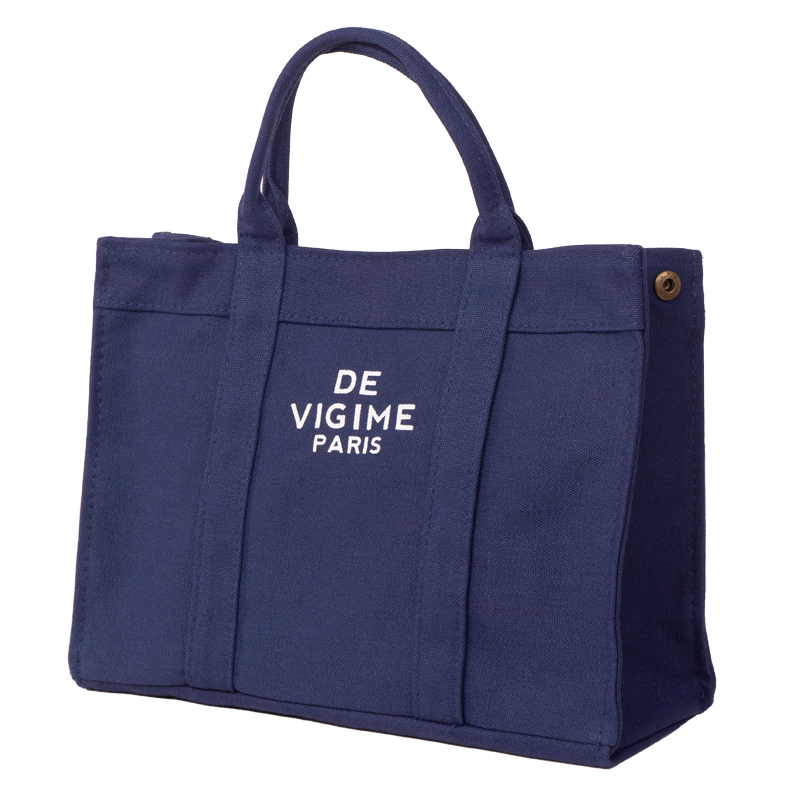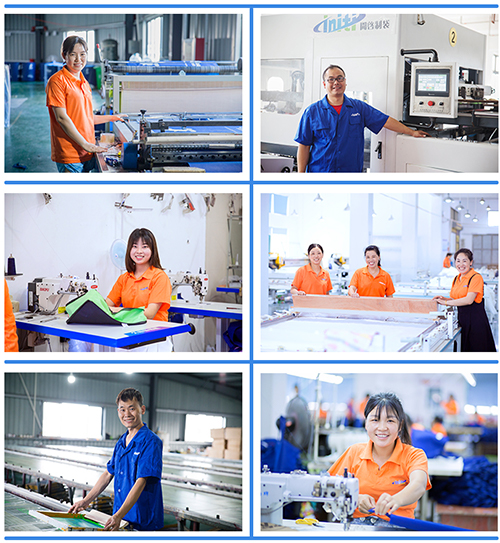Which is More Cost-Effective?
What Are The Printing Methods For Making Bags??
There are several printing methods used to create designs, logos, patterns, and other graphics on bags. The choice of printing method depends on factors such as the bag material, the complexity of the design, the desired level of durability, and the budget. Here are some common printing methods for making bags:
Screen Printing:
Screen printing is a popular method for printing simple designs on fabric bags. It involves pushing ink through a stencil (screen) onto the bag's surface. This method is cost-effective for larger quantities of bags with fewer colors in the design. It works well on cotton and canvas bags.
Heat Transfer Printing:
Heat transfer involves printing the design on a special transfer paper and then using heat to transfer the ink onto the bag's surface. This method is versatile and suitable for various bag materials, including fabrics, polyester, and nylon. It can handle more complex designs with multiple colors.
Sublimation Printing:
Sublimation printing is a process where heat and pressure are used to transfer ink onto the bag's surface, turning it into a gas that binds with the fabric. This method is suitable for polyester or polyester-coated materials and offers vibrant, long-lasting prints.
Digital Printing:
Digital printing directly applies ink to the bag's surface using inkjet technology. It's suitable for full-color designs and allows for detailed and intricate artwork. Digital printing works well on fabric and certain types of coated bags.
Embroidery:
Embroidery involves stitching the design onto the bag's fabric using colored threads. This method adds a tactile and premium feel to the bag. It's commonly used for adding logos or designs to high-quality bags made of fabric, canvas, or other suitable materials.
Offset Printing:
Offset printing is a method typically used for paper or cardboard bags. It involves transferring ink from a plate to a rubber blanket, which then applies it to the bag's surface. Offset printing is suitable for high-quality graphics and larger quantities.
UV Printing:
UV printing involves using ultraviolet light to cure ink onto the bag's surface. It's suitable for a wide range of materials and can provide vibrant colors and durability.
Foiling and Embossing:
Foil stamping and embossing are techniques used to add metallic or raised elements to bags. Foiling involves applying a metallic or colored foil to the bag's surface using heat and pressure, while embossing creates a raised design by pressing the material from the backside.
Each printing method has its advantages and limitations, so the choice depends on the bag's material, design complexity, budget, and desired outcome. It's important to work with professionals who can guide you in selecting the most suitable printing method for your bag project.
Which printing method is the most cost-effective for making bags
The most cost-effective printing method for making bags depends on several factors, including the type of bag material, the complexity of the design, the desired quantity, and your budget. Here are a few scenarios where different printing methods might be considered cost-effective:
Screen Printing: Screen printing is often considered cost-effective for larger quantities of bags with simple designs and fewer colors. It works well on fabric bags made of materials like cotton or canvas. The setup costs for screen printing can be higher but are spread across the production run, making it more cost-effective for bulk orders.
Heat Transfer Printing: Heat transfer printing is cost-effective for smaller quantities of bags or when the design requires multiple colors and intricate details. It's versatile and works on a variety of bag materials, including fabrics, polyester, and nylon.
Digital Printing: Digital printing can be cost-effective for smaller quantities of bags with full-color or detailed designs. While the per-unit cost might be higher than some other methods, digital printing doesn't require expensive setup fees, making it suitable for limited runs or custom designs.
Offset Printing: Offset printing is typically used for paper or cardboard bags and can be cost-effective for larger quantities. It's especially suitable for bags that require high-quality graphics, such as promotional or retail packaging bags.
Embroidery: Embroidery is cost-effective for adding logos or simple designs to fabric bags. It's a durable option that adds a premium touch to the bags. While the setup costs can be higher, embroidery is often chosen for its long-lasting and high-quality appearance.
UV Printing: UV printing is cost-effective for printing on a variety of materials and can offer vibrant colors. It might be suitable for bags with unique surfaces or when a glossy finish is desired.
It's important to work with printing professionals who can provide you with quotes based on your specific needs. They can help you determine the most cost-effective method for your particular bag project, taking into account factors such as quantity, design complexity, material, and desired outcome. Keep in mind that while certain methods might have lower upfront costs, the longevity and quality of the print should also be considered to ensure the best value for your investment.






